Are you looking for the most effective way to optimize your trading system parameters? Backtesting is one of the best tools to ensure that your system is performing optimally. Backtesting allows you to evaluate your system's performance over a given period of time, enabling you to modify and refine its settings to get the most out of your trading strategy. In this article, we'll discuss the basics of backtesting and how you can use it to optimize your parameters for optimal performance.
Backtesting
is a powerful tool for traders who want to optimize the parameters of their trading systems. It is a process of running a trading system against historical data and assessing its performance in order to identify potential weaknesses and improve its performance.Backtesting can help traders understand the behavior of their trading system, as well as the impact that changes in parameters can have on its performance. To understand backtesting, it is important to have an understanding of the components involved. The first component is the trading system itself, which is a set of rules that define how to enter and exit a trade. This includes which markets to trade, when to enter and exit, the size of each position, and other risk management parameters.
The second component is historical data, which is used to simulate the performance of the trading system over a specific period of time. The third component is a backtesting platform, such as MetaTrader or NinjaTrader, which allows traders to test their system against historical data. Backtesting is important for system optimization because it allows traders to assess the system's performance over historical data. By testing a trading system's performance over different periods of time, traders can identify any weaknesses or issues that could impact its long-term success. It also allows traders to evaluate different parameters and identify which ones are most effective in producing profitable trades.
Parameters that can be optimized include entry and exit criteria, position sizing, and risk management parameters. By testing different combinations of these parameters, traders can find the optimal settings for their trading system. The process of backtesting involves running the trading system against historical data to simulate its performance over a certain period of time. The backtesting platform will then generate reports, such as equity curves or drawdown charts, which provide insight into the performance of the system over time. The reports can also show areas where the system could be improved, such as by adjusting certain parameters or changing the risk management strategy. Interpreting backtesting results can be challenging because there are often many factors that can affect the system's performance.
For example, changes in market conditions or volatility can make it difficult to determine whether a certain parameter is working effectively or not. Additionally, it is important to understand that backtesting results do not guarantee future performance. As such, it is important to consider risk when making any adjustments to a trading system. Backtesting can provide many benefits for traders who want to optimize their trading systems. It allows traders to evaluate different parameters and identify which ones are most effective in generating profitable trades.
Additionally, it provides insight into the behavior of the trading system over time and can help traders spot potential issues before they occur. However, backtesting also has some drawbacks that should be considered before making any changes to a trading system. Backtesting results do not guarantee future performance, and it is important to understand risk when making any adjustments. In conclusion, backtesting is a powerful tool for traders who want to optimize the parameters of their trading systems. By testing a system's performance over historical data, traders can assess the viability of the system and make changes as needed.
Backtesting allows traders to evaluate different parameters and identify which ones are most effective in producing profitable trades. However, it is important to understand risk when making any adjustments to a trading system.
Benefits and Drawbacks of Backtesting
Backtesting is an essential tool for traders looking to optimize their trading system parameters. It allows them to assess the system's performance over historical data, making changes as needed. The main benefit of backtesting is that it allows traders to improve their systems without risking real money.By testing a system's performance in simulated market conditions, traders can identify areas for improvement and tweak their strategies accordingly. However, backtesting has its drawbacks. Since backtesting is based on historical data, it does not account for future market conditions. Therefore, traders must understand the potential risks and rewards associated with backtesting and take steps to mitigate them. Additionally, backtesting requires a great deal of effort and time, and the results may not be an accurate representation of real-world performance. Overall, backtesting is a powerful tool for traders who want to optimize the parameters of their trading systems.
By understanding the risks and rewards associated with backtesting, traders can more effectively use this tool to their advantage.
What is Backtesting?
Backtesting is the process of testing a trading system on historical market data to evaluate its performance and make adjustments as necessary. By using backtesting, traders can optimize the parameters of their systems to maximize their chances of success. Backtesting is an important tool for system optimization because it allows traders to simulate how their system would have performed in the past, with different parameters. This gives traders an idea of what parameters are most likely to lead to successful trading and which ones may be less profitable. Backtesting can be done manually, using a trading platform or software, or using an automated system such as an Expert Advisor.Manual backtesting requires traders to analyze historical data and adjust parameters manually. Automated backtesting, on the other hand, allows traders to input parameters into a program or software and have it automatically generate results. Automated backtesting can save time and provide more accurate results than manual backtesting.
How to Perform Backtesting
Backtesting is the process of testing a trading system's performance over historical data. The process typically involves running a system over a set of historical data and measuring its success against certain criteria.Traders use backtesting to assess how their trading strategies and parameters would have performed in the past, allowing them to make changes as needed. When performing backtesting, traders should take into account a variety of factors, including the system's entry and exit points, the size of positions taken, and the frequency of trades. The results of backtesting can be used to tweak parameters such as the number of trades taken, the types of entries and exits, and the size of positions. By testing different combinations of parameters, traders can find the best setup for their trading system.
Once backtesting is completed, traders must interpret the results. Common metrics used for interpretation include maximum drawdown, profit factor, and win rate. Maximum drawdown measures the largest drop in value from peak to trough during the test period, while profit factor measures how successful a strategy is in terms of profits relative to losses. Win rate measures the percentage of trades that are profitable. By analyzing these metrics, traders can determine whether their strategies and parameters are successful or need to be tweaked.
Additionally, traders can compare their results to those of other strategies and systems to further refine their approach. Backtesting is an essential part of developing a successful trading system. By testing the system's performance on historical data, traders can assess the viability of the system and make necessary changes. Optimizing parameters through backtesting can lead to significant improvements in a trading system's performance, providing the trader with an edge in the markets. While backtesting is just one component of a successful trading system, it is an important one that should not be overlooked.
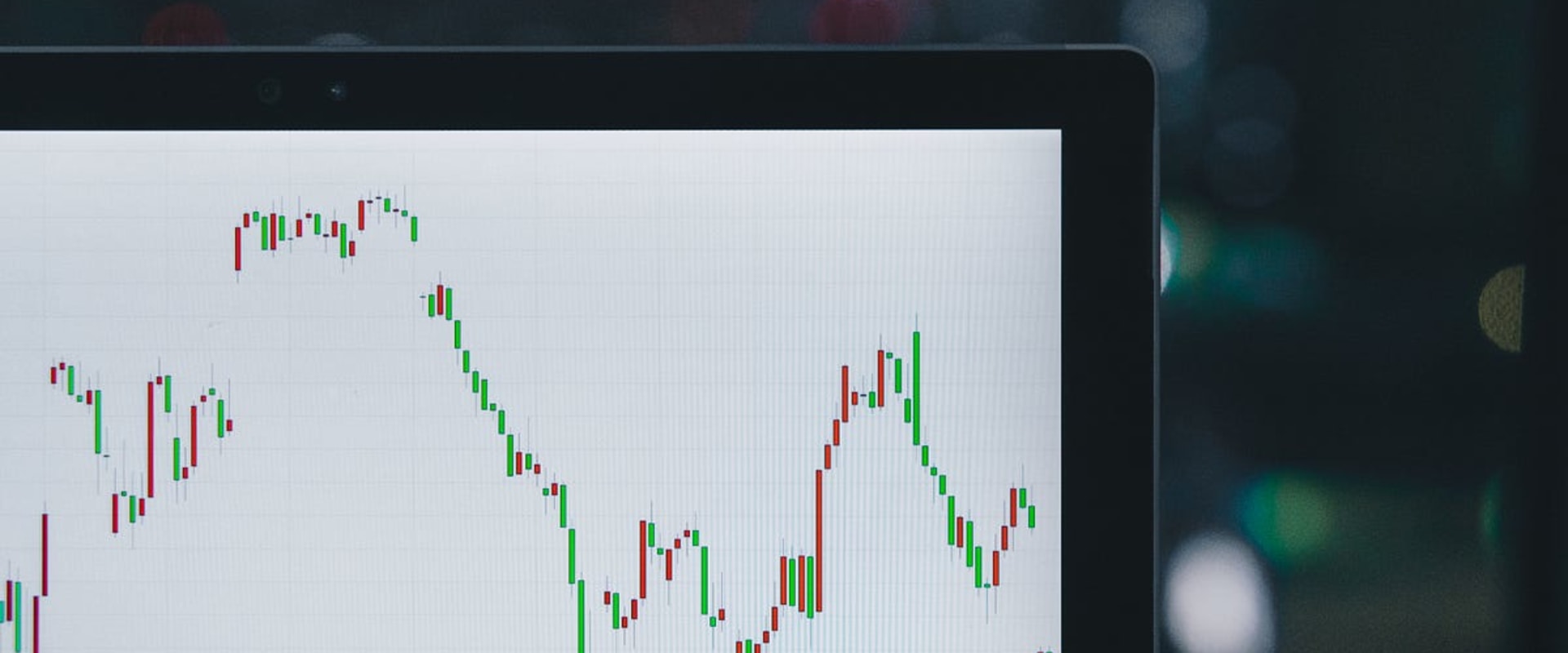
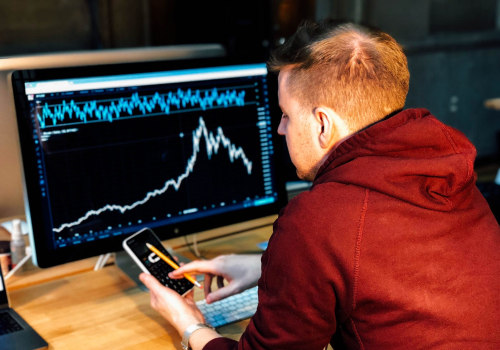
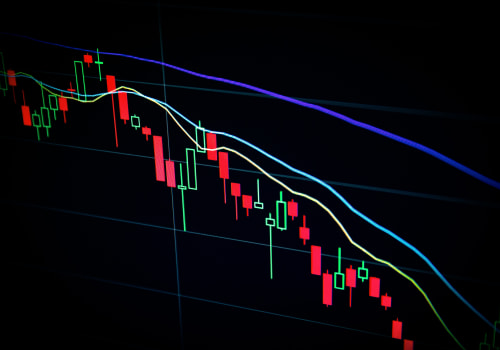
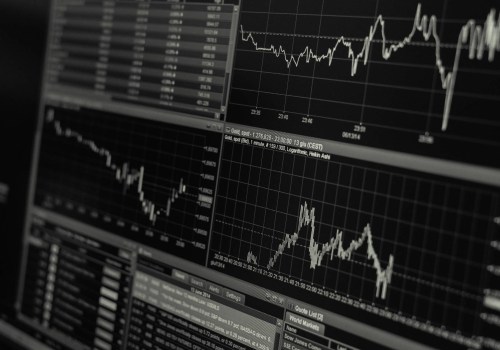



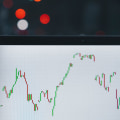
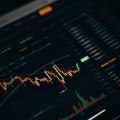
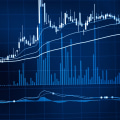
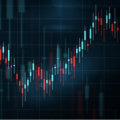
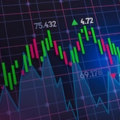
Leave Reply